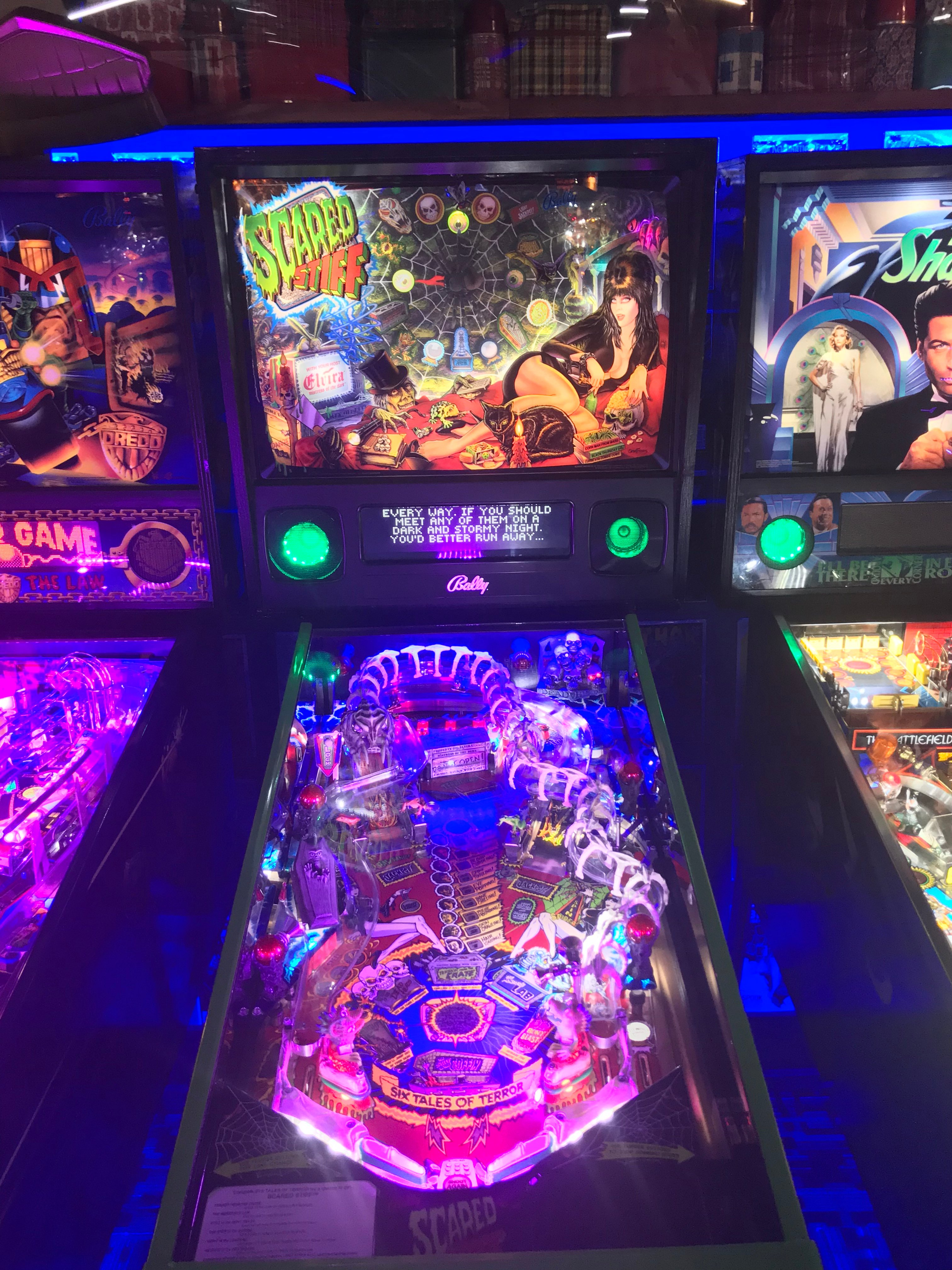

The second level is made up of a series of metal rings with a single flipper – here the player has to fire the ball up another ramp towards an elephant’s trunk (of all things). The player starts on the lower playfield, where the aim is to deliver the ball to the second level via a ramp to the centre left area. The game is played on a series of levels – and getting to each level brings bigger rewards, but doing so presents an increasing amount of risk and difficulty. Note the traditional flipper button still visible on the right As you can see, The Pinball Circus bears little resemblance to a traditional pinball table. Rather than having a horizontal playfield stretching out in front of the player, why not have one that plays vertically as well? Working to that idea, The Pinball Circus was developed. He worked on the premise of changing the traditional flat play axis of pinball, and literally turned it on its head. Starting with a blank sheet of paper, Anghelo got to work, and let his imagination run riot. We’ve looked at some of Anghelo’s ground-breaking work here on the blog before. Angelo was responsible for some of the greatest legendary pinball tables releases, including Bad Cats, Big Guns, Comet, Cyclone, Pin-Bot and Taxi. This mammoth task (and a healthy budget of $1.5 million) was given to designer Python Anghelo on account of his stellar design work on tables up to that point. The challenge was to totally rethink that standard ‘table’ layout, and try something new. The licences, artwork, rule sets and playfield layouts might differ from table to table, but at its core, pinball is a constant. Put simply, you have a large playfield flat in front of you, two flippers to keep the ball in play and make shots, and a vertical backglass.īut back in 1993, Midway Manufacturing Company (then a subsidiary of Williams – famous for its pinball and video game releases) wanted to completely change players’ perceptions of what pinball should be. The 80s and 90s saw what is regarded as the Golden Age of pinball, with designers stretching their creativity to give the player more to do and a bigger bang for their buck.īut ultimately, pinball is pinball – and this remains true to this day. This moved pinball away from the clunky nature of electromechanical design, and opened up the possibilities of entertaining players with new toys, ramps, sound effects, speech and multi-level play fields. There’s been advances over the years of course – the most fundamental being the appearance of electronic components, PCBs and microchips in the 80s. I’m guessing that if you picture the phrase ‘pinball machine’ in your mind, we all create the same basic image.

In terms of their design and construction build, pinball machines have fundamentally remained the same throughout the years.


 0 kommentar(er)
0 kommentar(er)
